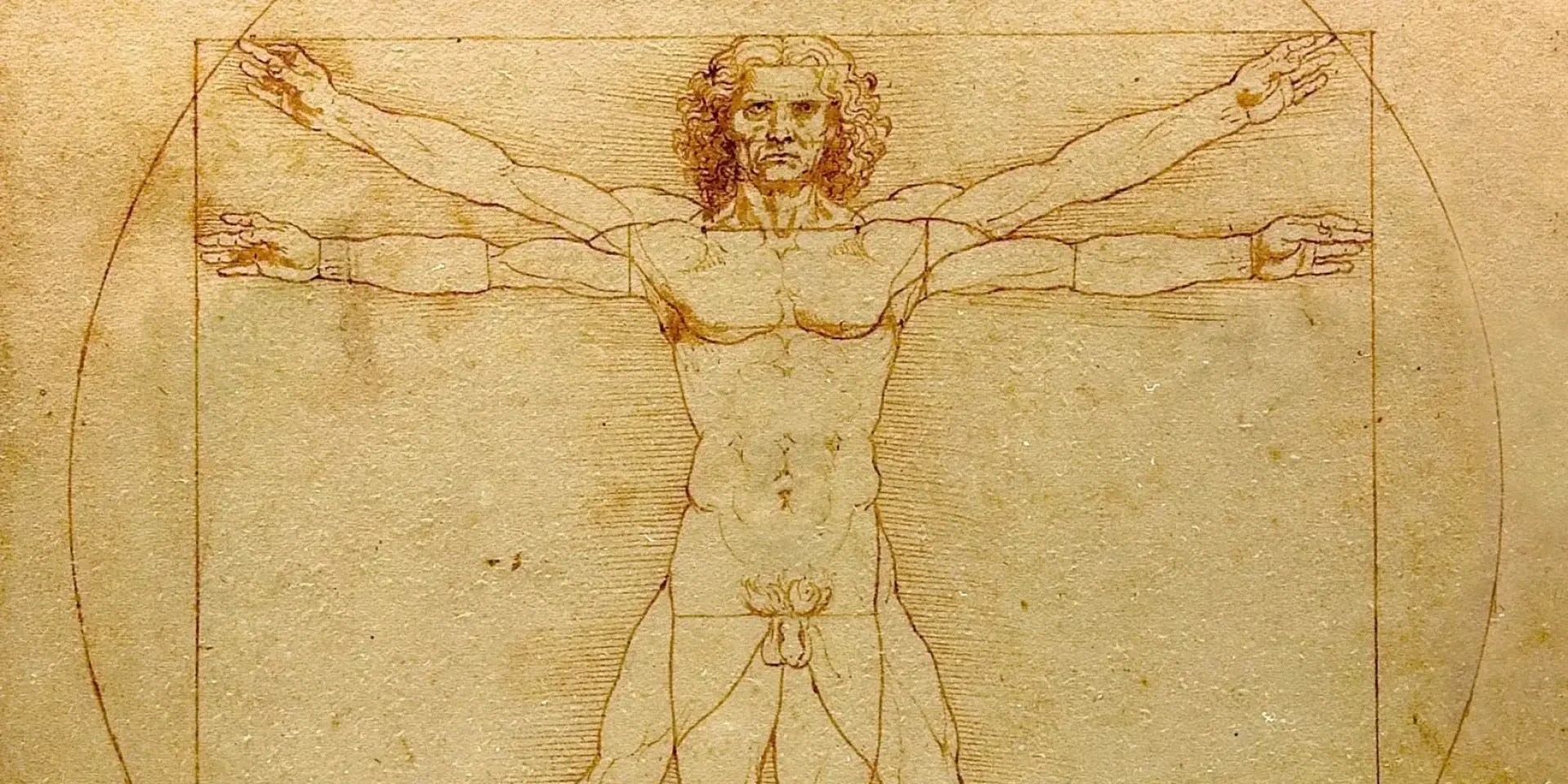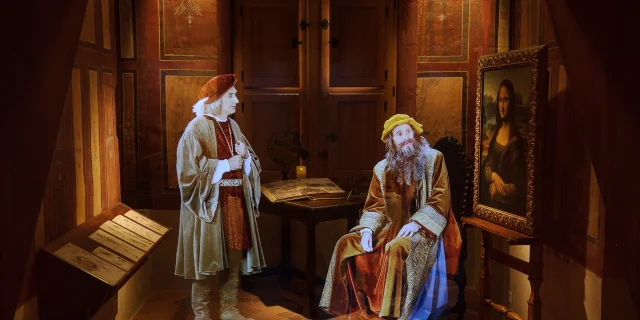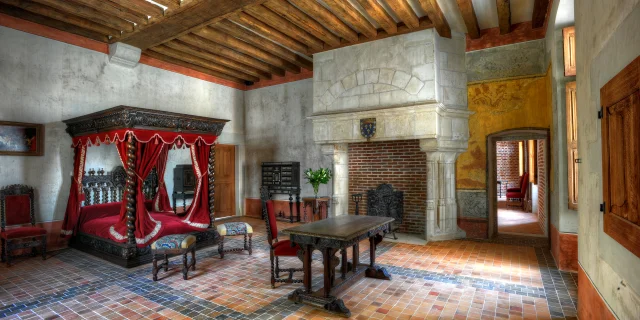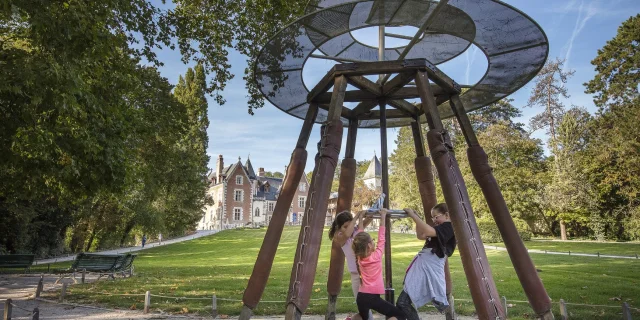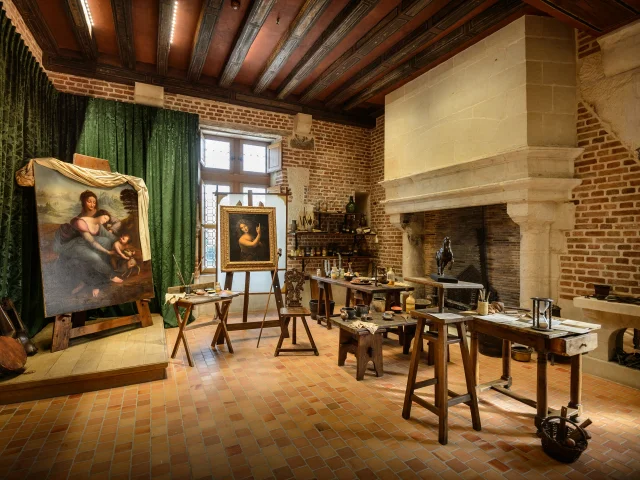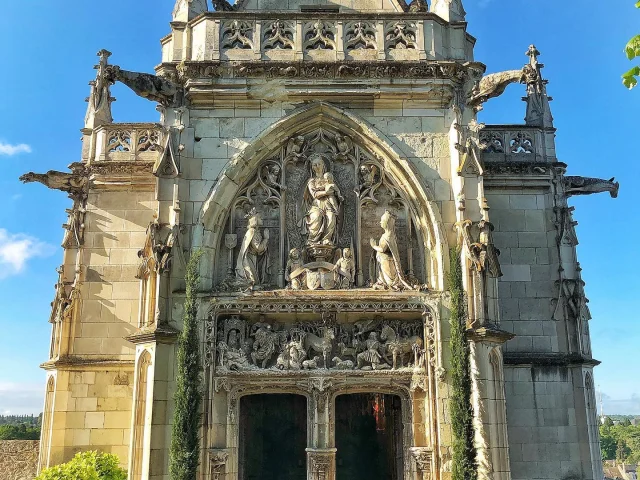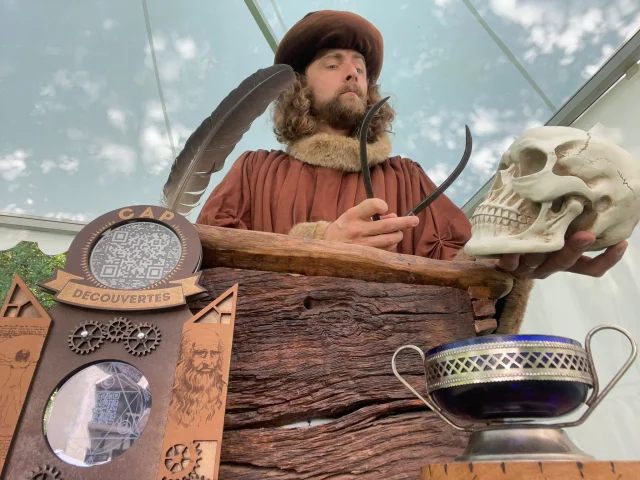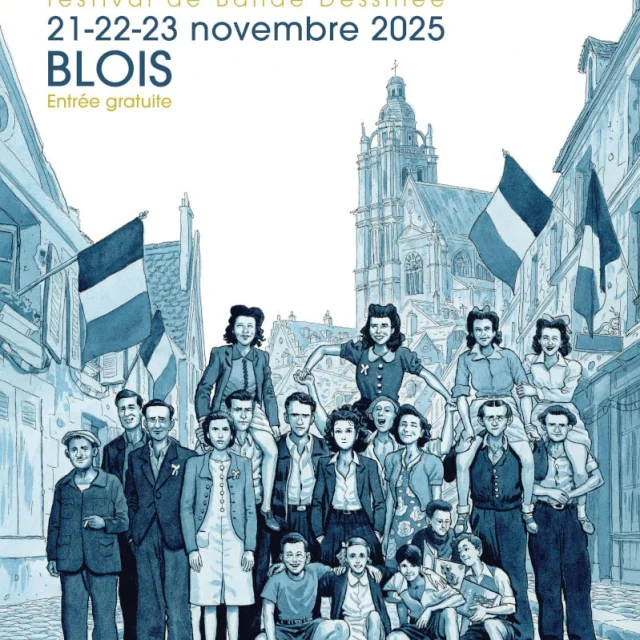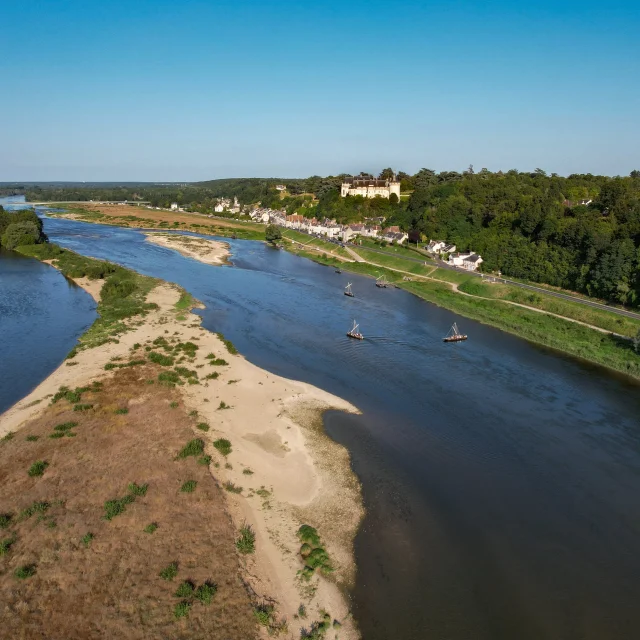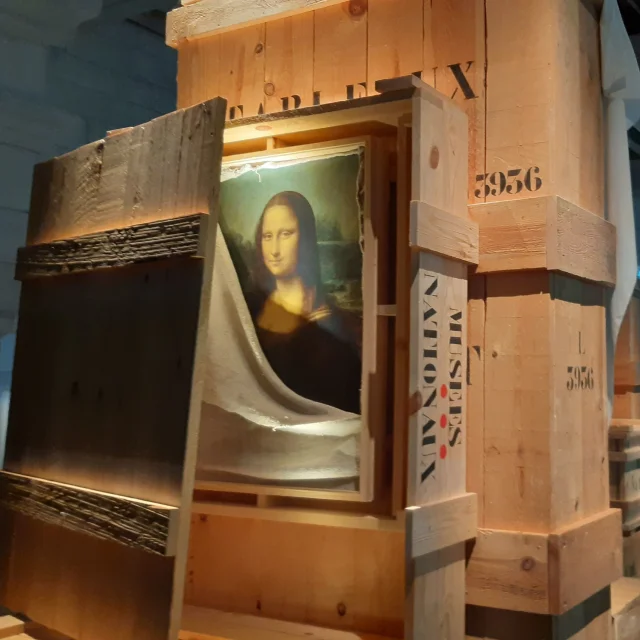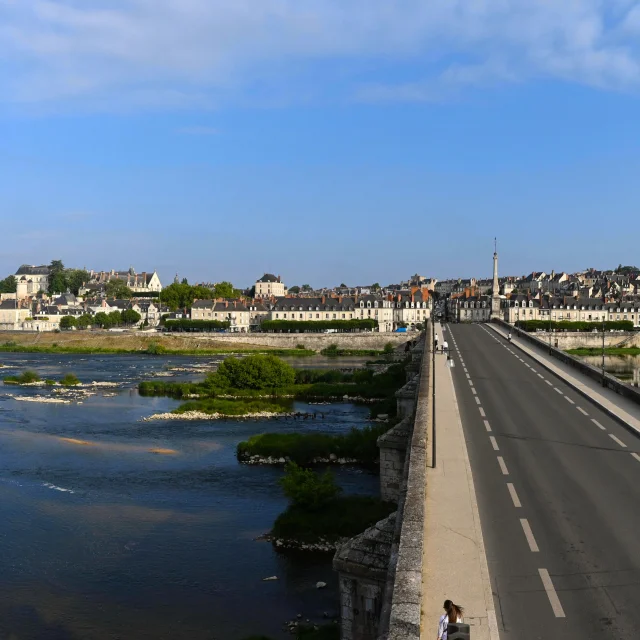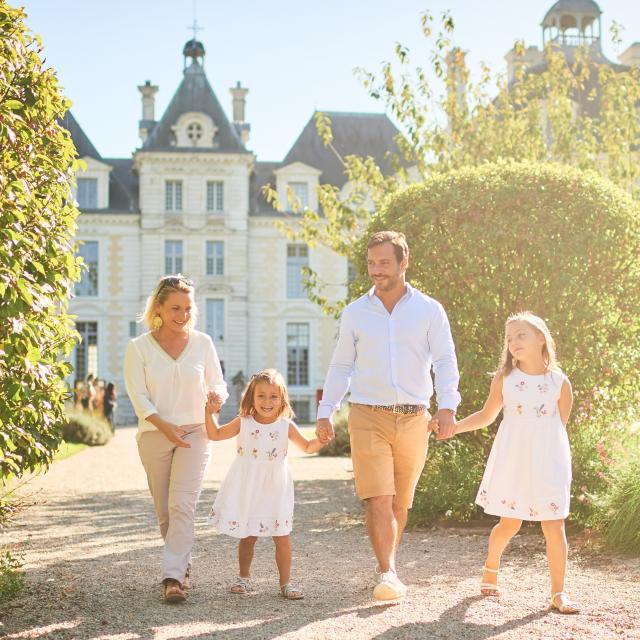Having excelled in all fields of the arts and sciences in Italy, Leonardo da Vinci was invited to Amboise by François I in 1516. He spent the last three years of his life there, sketching architectural projects and organizing dazzling feasts for the king and his court.
Although Leonardo da Vinci was born in Tuscany in 1452, his exceptional talent for the arts and sciences soon led him to travel all over Italy. A pupil of the great painter and sculptor Andrea del Verrochio in Florence, he came to the attention of the Medici, who sent him to Milan in 1482, where he carried out his first major architectural works for Duke Ludovico Sforza.
Whatever Leonardo undertook, he succeeded with genius. A jack-of-all-trades, he was interested in clocks, cranes and other urban and hydraulic plans, all the while pursuing his artistic endeavors. It was in Milan that he painted The Last Supper, arguably his most famous fresco.
